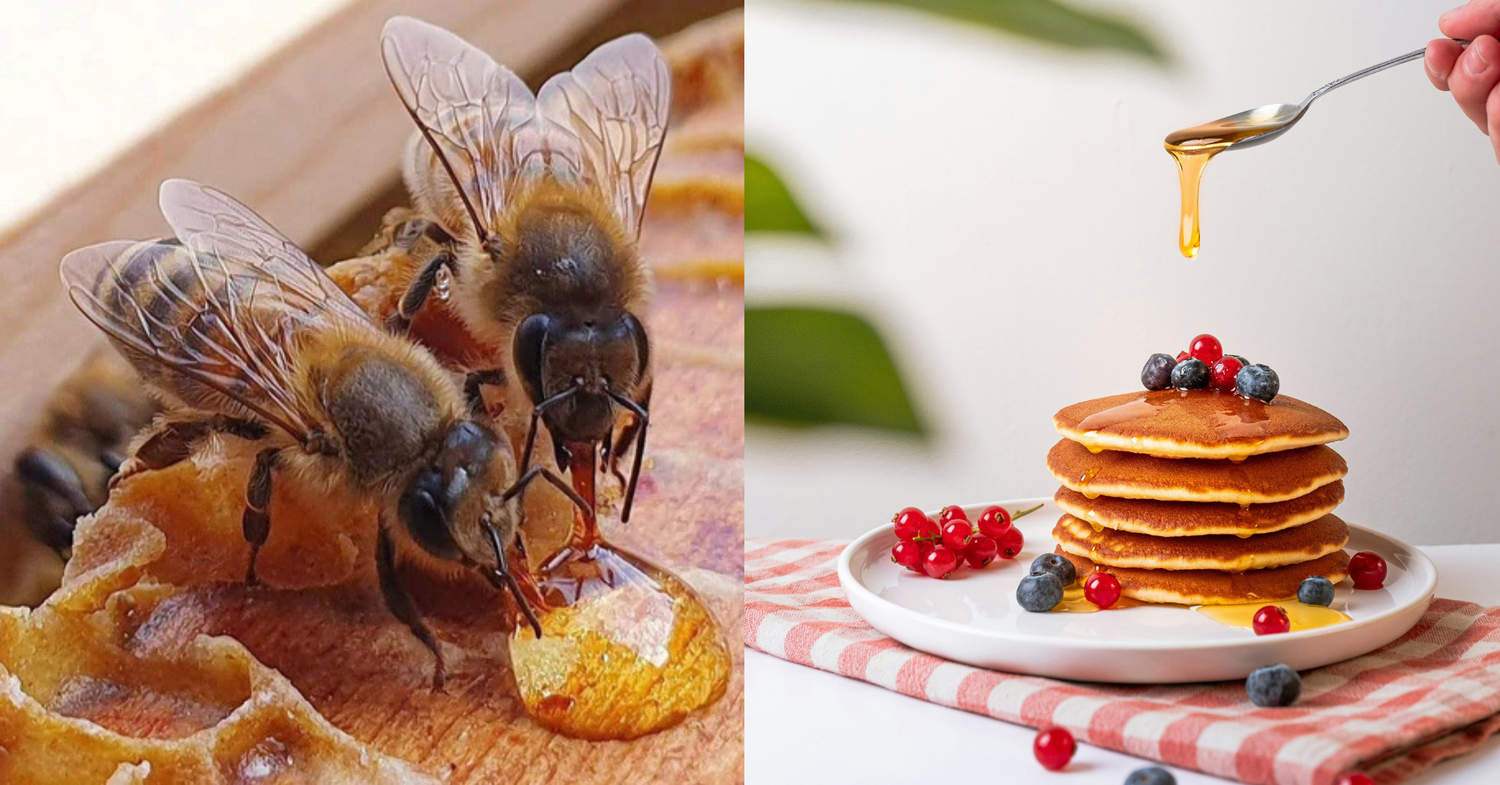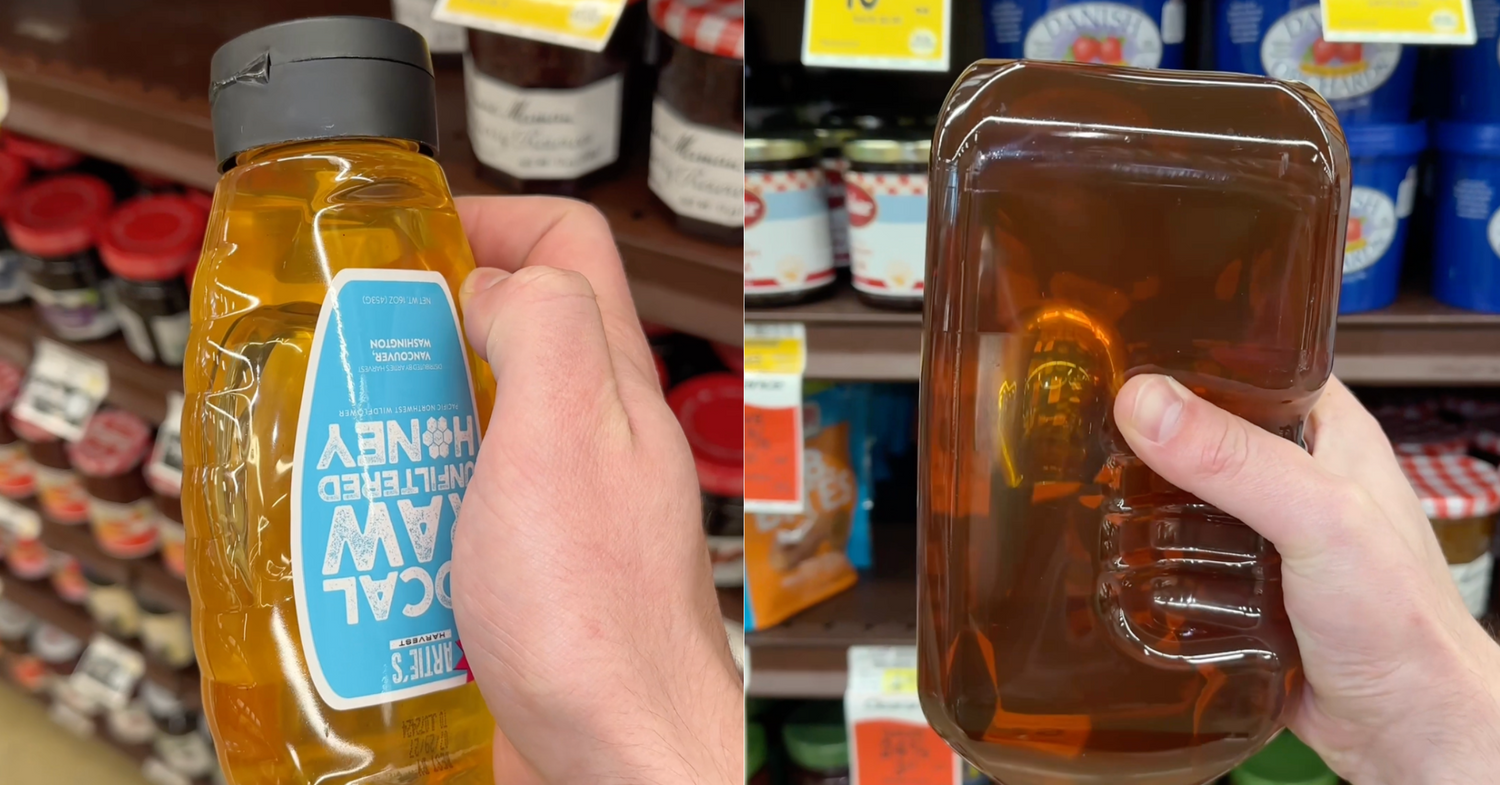How Honey Was Used Once Upon a Time
If you think that you and your “honey” have been together for a long time, think again. Humans and honey have a long history together, even before domesticated animals and farms were present. In fact, historical records suggest that it dates back to as far as the Neolithic Age! This proves that honey has played an integral part in human evolution, and its value remains irrefutable even to this day.
Earliest Recordings of Honey Usage
Modern archeologists who were excavating ancient Egyptian tombs found countless riches and priceless artifacts. However, one expected finding was pots of honey buried alongside the bodies. This suggests that honey was already cherished during the time of the ancient Egyptians, and its presence in these tombs meant that honey was considered as a priceless commodity. In fact, the bee was a common feature in Egyptian hieroglyphs, being favoured by the pharaohs and regarded as a symbol of royalty.
However, studies show that honey was utilised long before the time of the ancient Egyptians, as far back as almost 10,000 years ago. Cave paintings in Spain from 7,000BC show the earliest records of humans harvesting wild honey with the use of a basket. In a time when fruits were the primary source of sweetness, the discovery of honey seemed like a blessing from the gods.
As the uses of honey far outdated farms and domestication of animals, the primary source of harvesting honey would be hunting for a hive in the wild, and the location would have been kept a heavily-guarded secret. It was not until around 2,400BC when the first traces of keeping bees in hives was uncovered.
Early Egyptian apiarists made hives from old logs and tree trunks to replicate the homes of wild bees in nature.

How the Ancients Used Honey
It is safe to say that all ancient people treasured honey and considered it as a gift from the heavens. Honey was consumed for a variety of purposes, thanks to its versatility and longevity. From medicinal to religious purposes, honey was present in every aspect.
Religious Purposes
Honey was an integral part of ancient religious rituals. The ancient Egyptians, Greeks, and Romans baked honey cakes as an offering to please the gods and spirits of the dead, whilst in Babylon and Mesopotamia centuries later, honey was commonly placed on altars and temple steps as an offering. Honey blush was also used to embellish holy statues. Moreover, honey was used as an ingredient in embalming fluid to preserve dead bodies.
When Christianity came about, the production of honey and beeswax increased significantly to meet the church’s demands. The church used beeswax to create candles, which lasted longer and burned brighter than the candles produced at the time.
Medicinal Purposes
Honey was also widely used across several ancient civilizations for healing purposes. The main evidence that honey was regarded as an effective medicinal component was its inclusion in The Book of Preparation of Medicines for All Parts of the Human Body, whereby more than 500 out of 900 remedies mentioned in the book contained honey. These remedies are used to cure all wounds as well as diseases of the digestive system, kidneys, eyes, etc. Moreover, they come in pills, ointments, dressings, etc.
Furthermore, Hippocrates, the Father of Western Medicine also heavily advocated the use of honey in medicine as he was aware of honey’s value for physical healing as well as for therapeutic purposes. Realising honey’s antibacterial properties, Greeks used raw honey to heal the wounds of their soldiers. The Romans also used honey to heal various ailments as well as to fight tissue inflammation. Honey was also popular amongst practitioners of traditional Chinese medicine, used to cure indigestion, prevent constipation, and dispel pathogenic heat.

Gastronomic Purposes
Possessing a pleasantly sweet taste, it’s not surprising that honey also made its way into cookbooks of the past. The Greeks boasted numerous sweetmeats and cakes that featured honey. Cheeses were also mixed with honey to make delectable cheesecakes. In Ancient China, honey was also used to sweeten food and made into snacks for the Emperor. Also, honey and larvae of bees were regarded as rare foods that were fit for royalty.
With all that is said and done, the goodness that honey offers humankind should be apparent. Even with the development of modern medicine and many other sweeteners available today, honey is still widely utilised across multiple industries which shows that honey will continue to stay for a long time to come.






